Cloud Technologies With Priyanka Vergadia
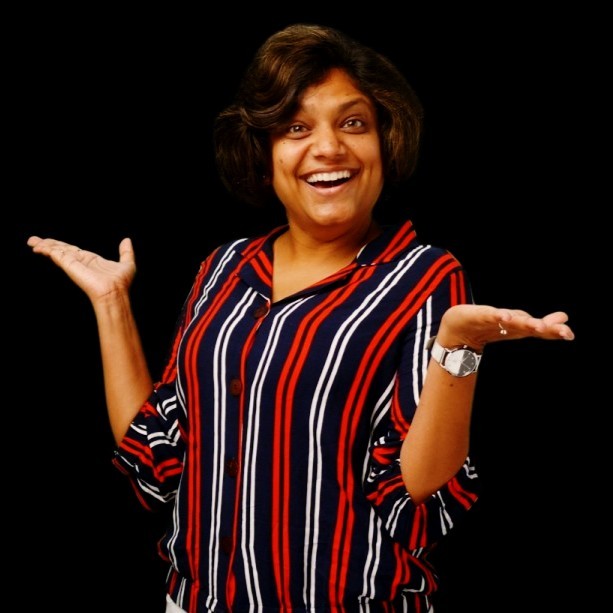
Priyanka Vergadia is a bestselling author and storyteller who specializes in demystifying complex technical concepts through videos, drawings and even comics. A staff developer advocate at Google, Vergadia has more than 100,000 followers on her tech-focused social media channels, including “The Cloud Girl,” a YouTube channel featuring videos about cloud technology. She recently published her first book, Visualizing Google Cloud—“the only cloud technology book that explains concepts with sketches and color!”—and was named one of the top women cloud influencers of 2023 by Whizlabs.
Now, Vergadia is bringing her many talents to Penn Engineering Online, where she’ll teach the Cloud Technologies Practicum to MCIT Online and MSE-DS Online students.
Cloud Technologies Practicum will be the first half credit course offered to Penn Engineering Online students. Half credit courses are new to Penn Engineering Online, but not to Penn. Students will receive the same level of support that they would if they were enrolled in a full credit course. This provides students who want to make progress towards their degree, but may have obligations that prevent them from committing to an entire 14 week course, a way to continue forward by taking a 7 week course.
We recently caught up with Vergadia to learn more about her new course, her path to cloud computing, and why she’s excited to teach graduate students at Penn Engineering Online.
Tell us about the Cloud Technologies Practicum you’ll be teaching.
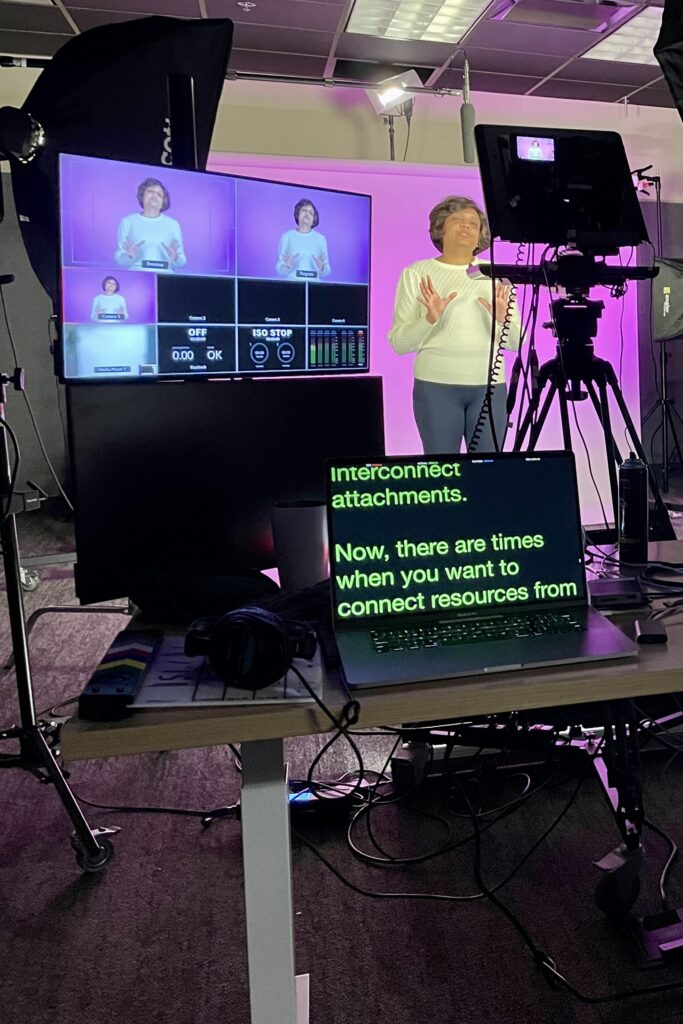
We start with the basics, learning about all the components in cloud, like infrastructure. You learn how to use computer storage and databases and put them together into an application, and see how it all fits together when it comes to networking in cloud.
Then we go through data and analytics in the cloud and learn a little bit about securing your users and your application. There’s a breadth of things that you can do in cloud. But when we do the assignments, quizzes and hands-on labs, we bring all of those pieces together to build applications in the cloud.
What was your path from passion to profession?
I really liked drawing and painting and sketching as I was growing up, but I never thought that was something that would translate into a career. But as I started getting into my second and third jobs, I realized that some of these skills translate really well when I’m presenting to a customer or in meetings and even to teammates. I put everything into making sure that I’m getting the idea across.
So my ability to draw and paint translated to an ability to distill complex information into easily understandable, digestible formats for any audience. Over time, that has translated into a career as a developer advocate at Google and a teacher.
How did that transition play out?
In my career I’ve taken quick risks and then decided whether that path was working for me. Along the way I stumbled upon some things that I turned out to be good at, so I continued on—for example, working with customers or creating videos or demystifying really complex technology.
Experimenting is important, especially early on in your career, to help you find something you like. But you don’t want to keep going down a lane if you’re not enjoying it, so it’s important to step back every two months or so and reassess whether you’re enjoying what you’re doing.
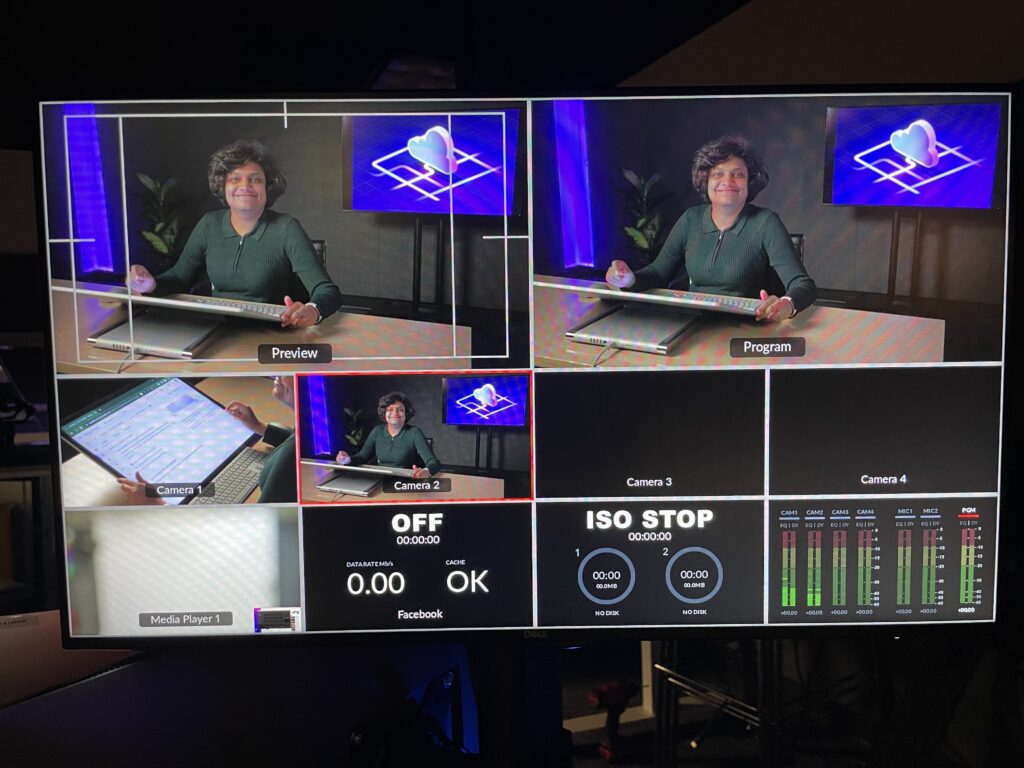
What lessons does your path have for today’s students?
Whatever passion you have, look at how that passion fits into the career that you’re trying to create. For example, if you’re really good at theater or dance, that means you are probably very creative and you think out of the box. You can bring those things into a career even if it isn’t in the arts—so if you are going into data science, you will come at the problem from a different perspective than somebody else.
What’s it like to work in technology?
What’s fun about having a career in technology is the field changes so fast. So you have to be ready to learn something new and then apply it to whatever it is that you’re doing, whether you’re in school or at work. Things move pretty fast in every industry these days, but they move even faster in technology. That’s what keeps me excited.
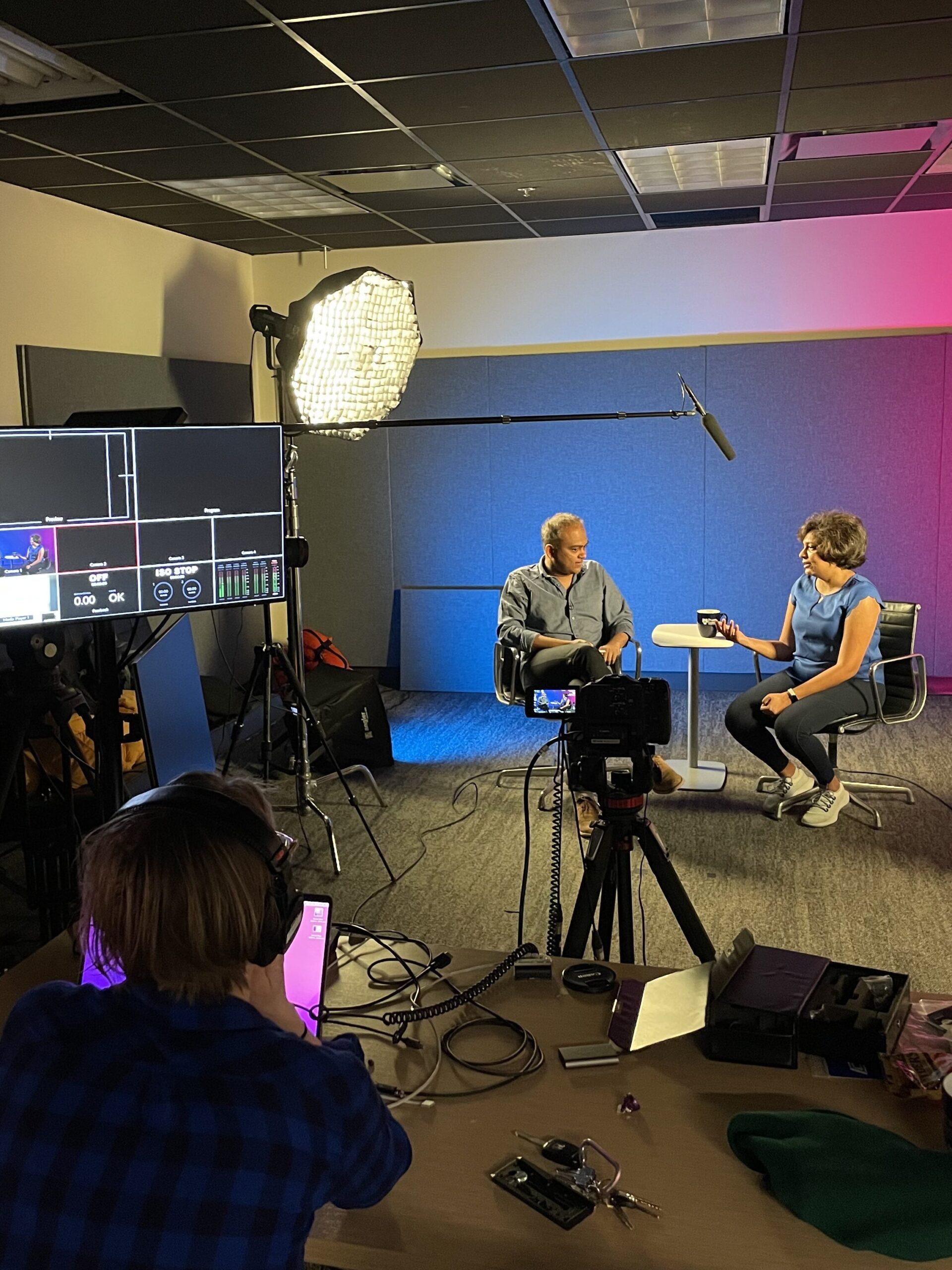
What drew you to teach at Penn?
I did my master’s at Penn in the computer and information technology program. I really enjoyed my time here with the faculty members and my cohort, and the thing about Penn is that it stays with you. I’m still connected to the faculty who taught me, and I’m still connected to the students I did projects with. That’s what drew me here—that connection is for life.
What are you looking forward to in teaching this class?
I am excited about being a part of the career journey for the students in the course, because I like to mentor and learn and impart whatever I have learned so far to help other folks’ careers grow. Plus, it’s always a very rewarding experience to learn from the folks that you are interacting with. So I’m looking forward to both of those things.
Do you have any career advice for your students?
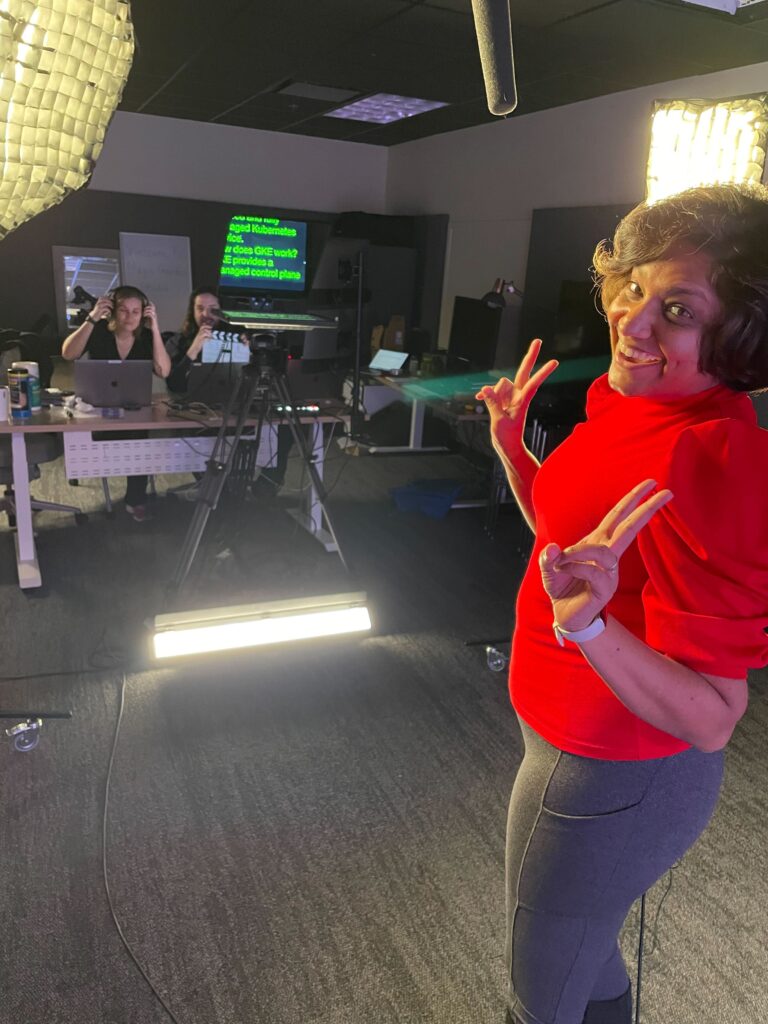
When people take courses, they tend to focus in one particular direction, thinking that they are going to take a job in, let’s say, software engineering. But there are lots of other areas in tech. For example, our programs prepare students for product management, customer and sales engineering solutions, engineering solutions and architecture. So the options are quite diversified, and I advise students to think about a variety of roles.
I also suggest keeping your ears and eyes open around you. If you have an interest in something, offer to help out—whether on a small scale or even on a volunteer basis, because you are trying to gain some skills in that direction. In this way you can build your resume.
